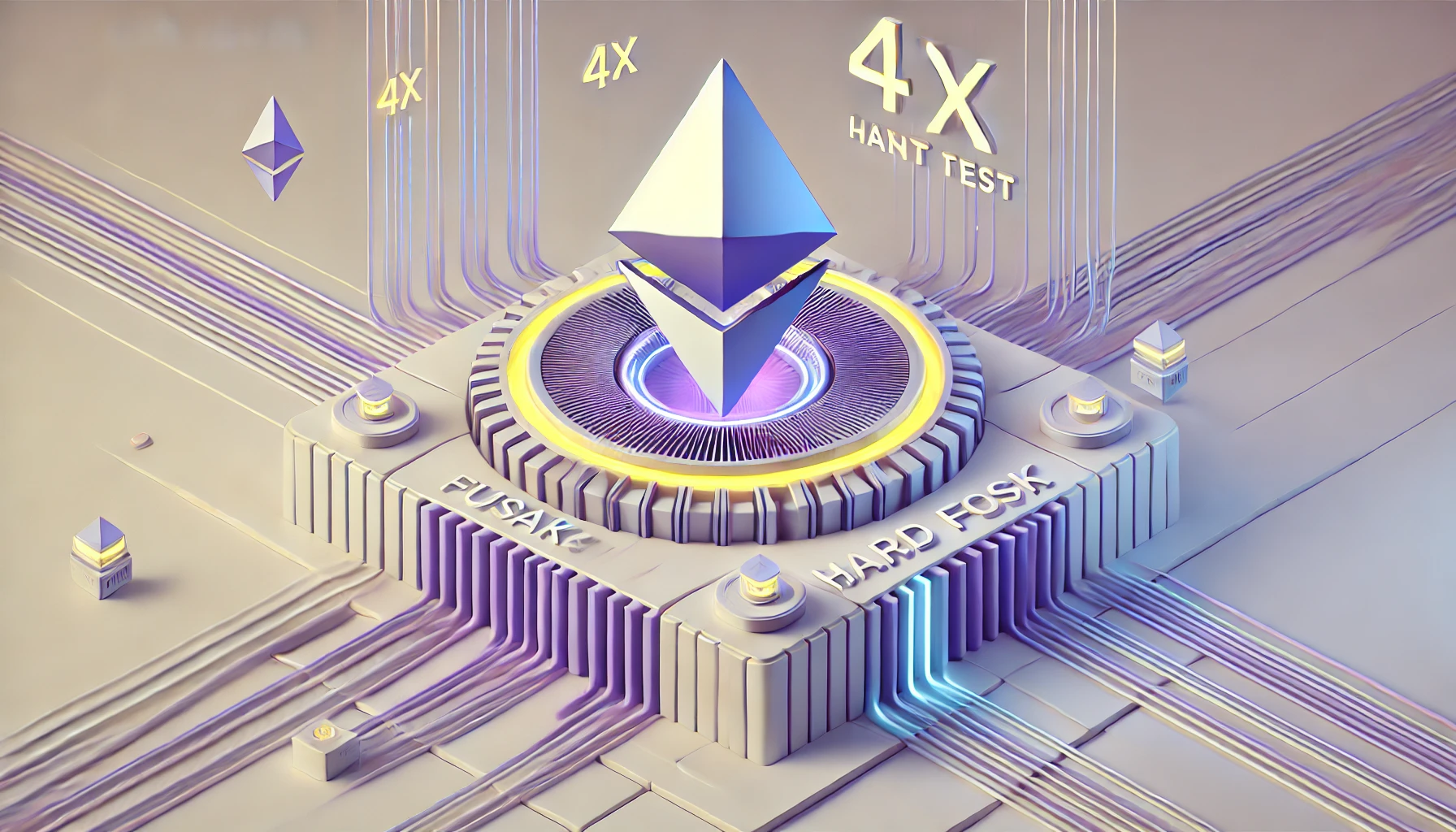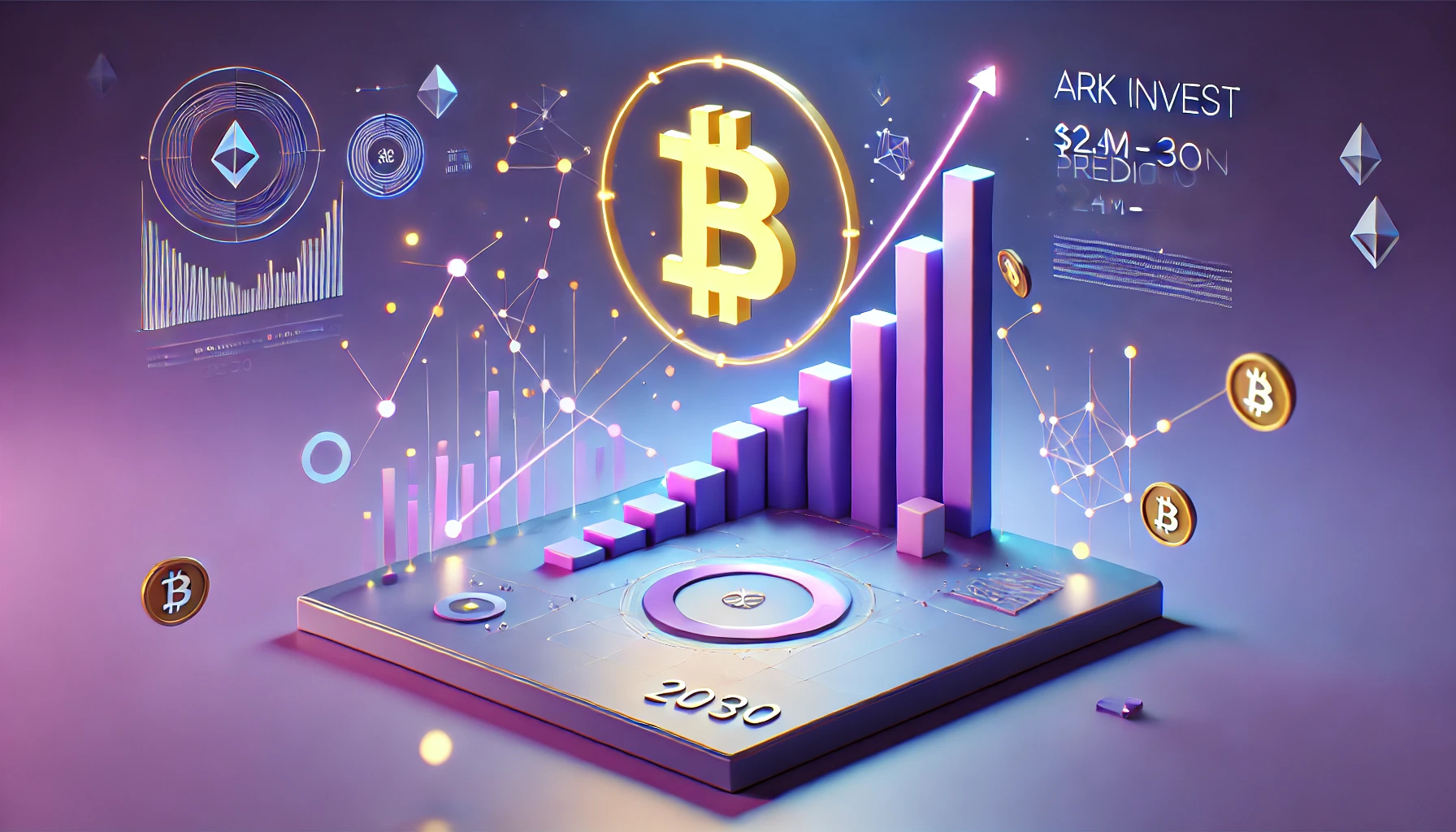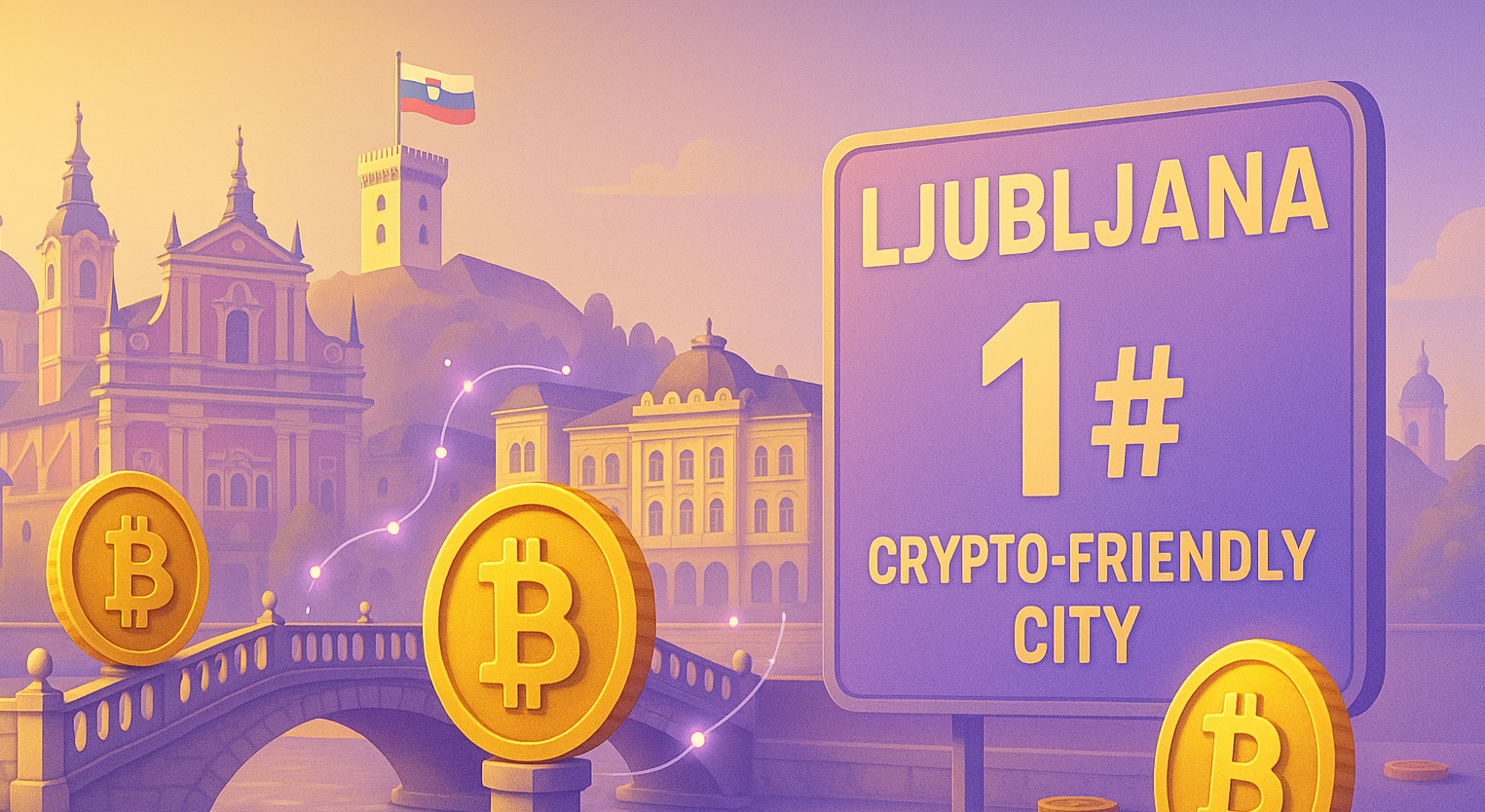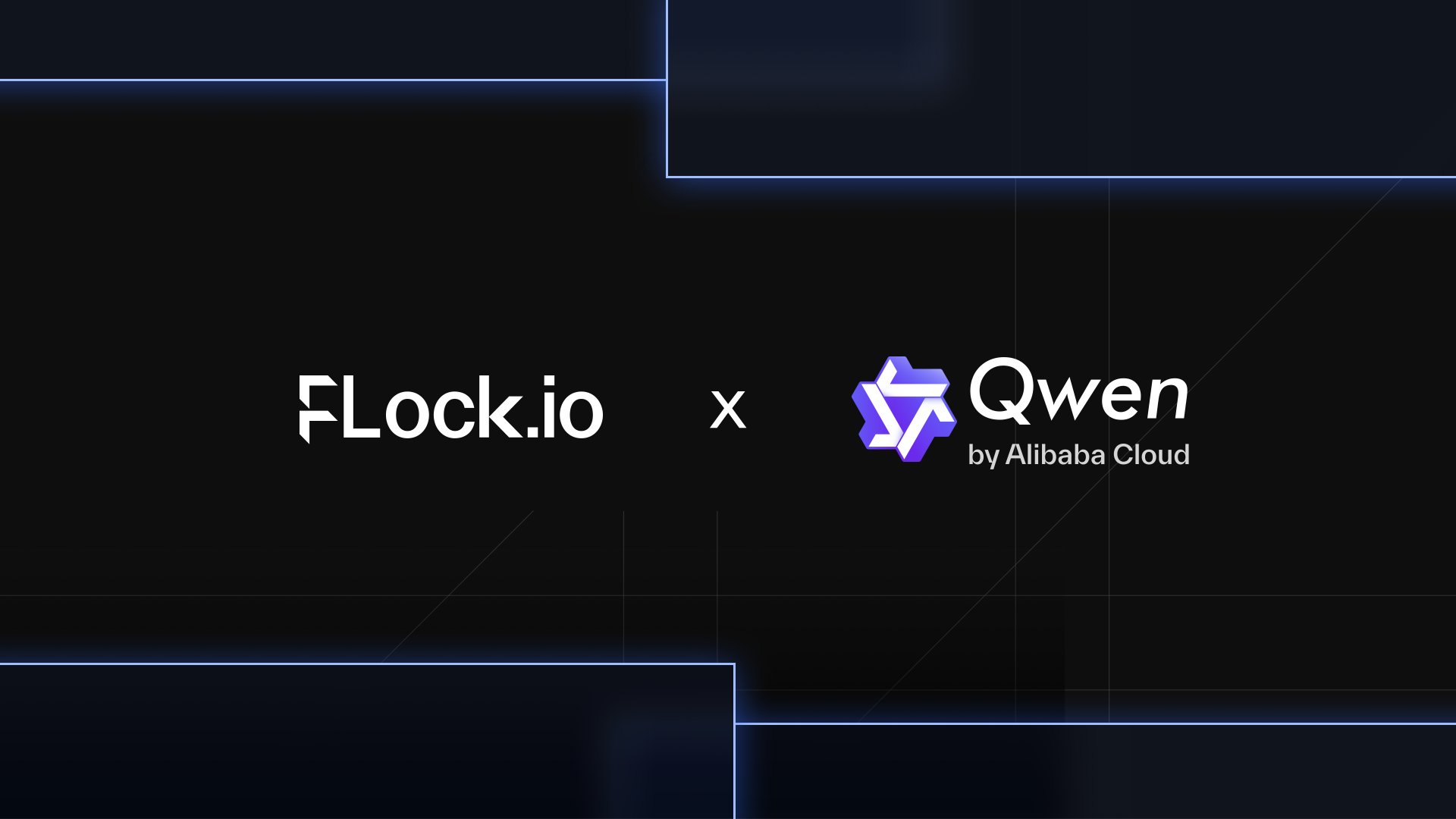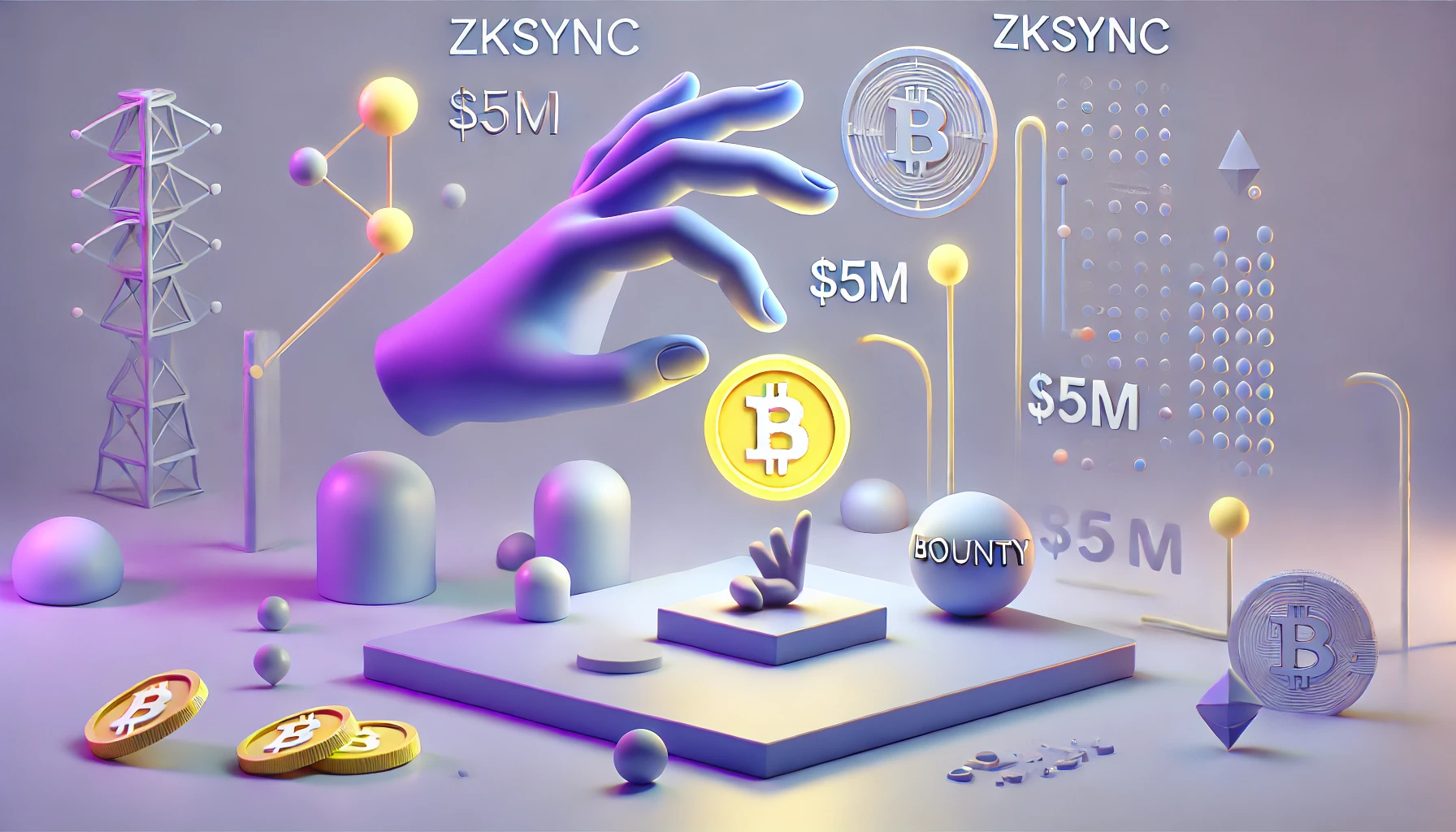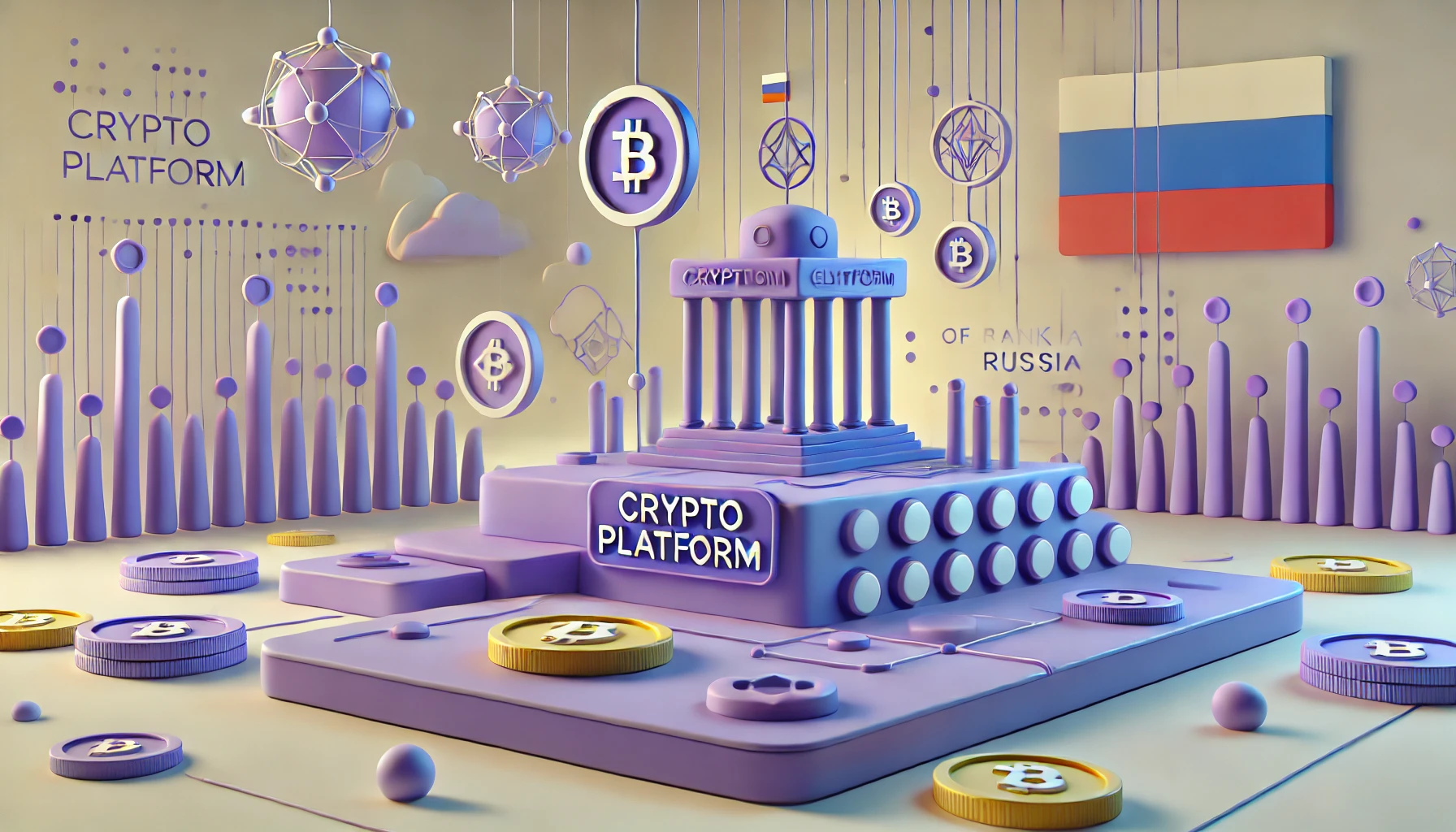Definition and origin of ERC20 tokens
An ERC20 token is a type of digital token created and used on the Ethereum blockchain. The term “ERC20” refers to a technical standard for smart contracts, adopted in 2015. ERC stands for Ethereum Request for Comments, and “20” refers to the specific proposal introduced to standardize the creation and interaction of tokens on Ethereum.
Thanks to this standard, ERC20 tokens are interoperable with wallets, exchange platforms, and decentralized applications (dApps) using Ethereum. These tokens are fungible, meaning that one unit is strictly equivalent to another, as is the case with traditional currencies.
Role of ERC20 tokens in the Ethereum ecosystem
ERC20 tokens are at the heart of many blockchain projects. They enable:
- The creation of cryptocurrencies (e.g., USDT, LINK).
- The deployment of smart contracts for financial applications (DeFi).
- The management of fundraising via Initial Coin Offerings (ICOs).
They are also used in various sectors such as gaming, governance platforms, and lending protocols. Their standardization simplifies development and integration with other Ethereum services.
Key features of ERC20 tokens
ERC20 tokens are distinguished by several features:
- Fungibility: Each token is interchangeable and has the same value.
- Interoperability: Compatibility with wallets such as MetaMask and Ledger.
- Standardization of functions: ERC20 smart contracts include key functions such as:
- totalSupply: Total number of tokens issued.
- balanceOf: Balance of tokens held by an address.
- transfer: Direct transfer between addresses.
- approve and transferFrom: Management of authorizations for third parties.
- Accessibility: Developing an ERC20 token requires few technical resources.
Why are ERC20 tokens so popular?
ERC20 tokens dominate the market thanks to their simplicity and mass adoption. Their compatibility with dApps and rapid integration into wallets and exchanges make them an essential standard in the Ethereum ecosystem.
Real-world example: USDT (Tether), an ERC20-based stablecoin, is now one of the most widely used cryptocurrencies for trading and international payments.
How ERC20 tokens work
How are ERC20 tokens created?
ERC20 tokens are created using smart contracts deployed on the Ethereum blockchain. These contracts define the rules that govern the tokens, such as their total quantity, transferability, and functionality.
Steps for creating an ERC20 token:
- Contract development: Developers write a smart contract using Solidity, Ethereum’s programming language.
- Deployment on Ethereum: The contract is deployed on the Ethereum blockchain, becoming immutable and publicly accessible.
- Setting parameters: The characteristics of the token are established, such as:
- The name (e.g., MyToken).
- The symbol (e.g., MTK).
- The total quantity (e.g., 1,000,000 tokens).
Key functions of ERC20 smart contracts
ERC20 smart contracts include standardized functions, facilitating their interaction with wallets, exchanges, and dApps.
Main ERC20 functions:
- totalSupply: Returns the total number of tokens available.
- balanceOf: Indicates the token balance for a given address.
- transfer: Allows tokens to be transferred from one address to another.
- approve: Authorizes a third party to manage a specific amount of tokens.
- transferFrom: Executes a transfer between two addresses on behalf of a third party.
- allowance: Checks the remaining amount authorized for a third party.
These functions ensure consistency in interactions between ERC20 tokens and different Ethereum platforms.
Process for buying and selling ERC20 tokens
ERC20 tokens can be bought, sold, or exchanged via decentralized (DEX) and centralized (CEX) platforms.
How to buy ERC20 tokens:
- Create a compatible wallet: Use wallets such as MetaMask or Trust Wallet.
- Purchase ETH: Ether is often required to pay transaction fees.
- Connect to an exchange platform:
- DEX: Uniswap, SushiSwap.
- CEX: Binance, Kraken.
- Execute the purchase: Search for the desired token, configure your order, and confirm the purchase.
Storage and security:
ERC20 tokens must be stored in Ethereum-compatible wallets. Options include:
- Hardware wallets: Ledger, Trezor.
- Software wallets: MetaMask, MyEtherWallet.
Transferring ERC20 tokens
Transferring ERC20 tokens is simple thanks to their standardization. Here is an example:
- Alice wants to send 100 ERC20 tokens to Bob.
- She initiates a transfer from her wallet, paying the gas fees for the transaction.
- The transaction is validated and recorded on the blockchain, making the transfer visible via an explorer such as Etherscan.
Features and use cases of ERC20 tokens
Common applications of ERC20 tokens
ERC20 tokens are ubiquitous in the blockchain ecosystem thanks to their flexibility and interoperability. Here are their main applications:
Cryptocurrencies and stablecoins
- ERC20 tokens are used to create alternative cryptocurrencies to ether (ETH).
- Examples: USDT (Tether), a stablecoin pegged to the US dollar, and DAI, a decentralized stablecoin.
- These tokens facilitate international payments, trading, and fast transfers.
DeFi (Decentralized Finance) Applications
ERC20 tokens play a key role in decentralized finance:
- Lending and borrowing: Protocols such as Aave and Compound use ERC20 to enable staking and lending of assets.
- Yield farming: Users earn returns by providing liquidity on platforms such as Uniswap.
- Decentralized governance: Governance tokens, such as UNI (Uniswap), allow holders to vote on protocol decisions.
Gaming and NFTs
In blockchain-based games, ERC20 tokens are used as internal currencies to purchase virtual goods or access exclusive features. They differ from NFTs (ERC721), which represent unique assets.
Impact of ERC20 tokens on blockchain innovation
ERC20 tokens have democratized access to cryptocurrency creation, allowing many projects to launch without developing a dedicated blockchain. Their standardization has also simplified integration with:
- Exchanges: Compatibility with platforms such as Binance and Kraken has facilitated trading and liquidity.
- Digital wallets: Most Ethereum wallets support ERC20 tokens, offering simplified management for users.
Example of revolution: ICOs
Initial Coin Offerings (ICOs) have been used extensively to raise funds using ERC20 tokens. Projects such as Ethereum, EOS, and Tron have raised millions using this method.
Advantages of ERC20 tokens
Standardization and interoperability
One of the main advantages of ERC20 tokens is their standardization. Thanks to uniform technical rules, they are compatible with all platforms and applications using the Ethereum blockchain. This simplifies their integration with:
- Digital wallets such as MetaMask, Trust Wallet, or Ledger.
- Centralized exchanges (Binance, Coinbase) and decentralized exchanges (Uniswap, SushiSwap).
- Decentralized applications (dApps) in finance, gaming, and many other sectors.
Example of interoperability:
A user can purchase ERC20 tokens on Uniswap, transfer them to their MetaMask wallet, and then use them to participate in a DeFi protocol such as Aave, without any technical friction.
Ease of creation and deployment
The ERC20 standard offers an accessible and fast method for developing a token. With just a few lines of Solidity code, it is possible to create a fully functional token.
Key benefits of this simplicity:
- Time savings: Developers don’t have to code an entire blockchain.
- Cost reduction: Deployment on Ethereum is less expensive than creating a dedicated network.
- Adaptability: Projects can adjust parameters (quantity, transfers, symbols) according to their needs.
This ease of creation has led to the explosion of ICOs (Initial Coin Offerings), allowing startups to raise funds quickly.
Wide adoption and liquidity
ERC20 tokens dominate the cryptocurrency ecosystem with thousands of projects based on this standard. Their widespread adoption ensures high liquidity, which is essential for investors and traders.
Advantages of this adoption:
- Availability on all exchanges: ERC20 tokens are supported by most trading platforms.
- Large community: A large network of developers, users, and businesses ensures their longevity.
- Flexibility: Tokens can be used for multiple applications, from decentralized finance to gaming rewards.
Advantages of ERC20 tokens
Standardization and interoperability
One of the main advantages of ERC20 tokens is their standardization. Thanks to uniform technical rules, they are compatible with all platforms and applications using the Ethereum blockchain. This simplifies their integration with:
- Digital wallets such as MetaMask, Trust Wallet, and Ledger.
- Centralized (Binance, Coinbase) and decentralized (Uniswap, SushiSwap) exchanges.
- Decentralized applications (dApps) in finance, gaming, and many other sectors.
Example of interoperability:
A user can purchase ERC20 tokens on Uniswap, transfer them to their MetaMask wallet, and then use them to participate in a DeFi protocol such as Aave, without any technical friction.
Ease of creation and deployment
The ERC20 standard offers an accessible and fast method for developing a token. With just a few lines of Solidity code, it is possible to create a fully functional token.
Key benefits of this simplicity:
- Time savings: Developers do not have to code an entire blockchain.
- Cost reduction: Deployment on Ethereum is less expensive than creating a dedicated network.
- Adaptability: Projects can adjust parameters (quantity, transfers, symbols) according to their needs.
This ease of creation has led to the explosion of ICOs (Initial Coin Offerings), allowing startups to raise funds quickly.
Wide adoption and liquidity
ERC20 tokens dominate the cryptocurrency ecosystem with thousands of projects based on this standard. Their widespread adoption ensures high liquidity, which is essential for investors and traders.
Advantages of this adoption:
- Availability on all exchanges: ERC20 tokens are supported by most trading platforms.
- Large community: A large network of developers, users, and companies ensures their longevity.
- Flexibility: Tokens can be used for multiple applications, from decentralized finance to gaming rewards.
Security and reliability
By being integrated into the Ethereum blockchain, ERC20 tokens benefit from the robust security and decentralization of this network. Each transaction is recorded immutably on the blockchain, eliminating the risk of fraud.
Protection offered by Ethereum:
- Immutability of smart contracts: Once deployed, ERC20 contracts cannot be modified.
- Secure funds: The decentralized nature of Ethereum prevents manipulation by a single entity.
Flexibility of use
ERC20 tokens are used in a variety of industries thanks to their adaptability. They are ideal for:
- Creating alternative currencies.
- Raising funds via ICOs.
- Facilitating fast and inexpensive international payments.
- Participating in decentralized governance systems (e.g., UNI for Uniswap).
Disadvantages and limitations of ERC20 tokens
High transaction fees
One of the main problems with ERC20 tokens is transaction fees, also known as gas fees. These fees, paid in ether (ETH), vary depending on the congestion of the Ethereum network. During periods of high activity, costs can become prohibitive, especially for small transactions.
Impact of fees:
- Micropayments impossible: A $10 transaction can result in fees higher than the value transferred.
- Limitation of individual users: High fees discourage users with small wallets.
- Real-world example: During a peak in congestion in 2021, average fees reached $50, making the use of ERC20 tokens expensive.
Ethereum network congestion
Ethereum’s popularity, combined with its Proof of Work consensus mechanism (prior to the transition to Ethereum 2.0), has led to frequent slowdowns. Transactions can take several minutes or even hours to be validated, creating a frustrating user experience.
Congestion-related issues:
- Long confirmation times: Transactions may be delayed if gas fees are insufficient.
- Competition for blocks: Users must increase fees to prioritize their transactions.
- Impact on DeFi: ERC20-based DeFi projects are particularly affected by these slowdowns.
Smart contract vulnerabilities
ERC20 contracts are only as secure as the code that composes them. However, programming errors or flaws can lead to significant financial losses.
Associated risks:
- Code flaws: A bug in the contract can enable exploits or theft.
- No fund recovery: Once tokens are sent to an incorrect or incompatible address, they are irretrievable.
- Famous example: In 2017, a flaw in the Parity wallet contract locked up $300 million worth of ETH, rendering the funds inaccessible.
Technical limitations
Although standardized, ERC20 tokens have technical limitations compared to newer standards such as ERC721 (NFTs) and ERC1155 (multi-assets). These limitations include:
- Lack of advanced features: ERC20s do not support mechanisms such as metadata management or non-fungible asset transfers.
- Contract rigidity: Once deployed, ERC20 contracts cannot be modified, even to fix bugs.
Dependency on Ethereum
ERC20 tokens are entirely linked to the Ethereum blockchain. Any vulnerability or update on Ethereum directly affects the tokens:
- Complex migration: If switching to another blockchain, an ERC20-based project must recreate its tokens.
- Increased competition: Other blockchains such as Solana, Binance Smart Chain, and Avalanche offer lower fees and faster transaction speeds.
Pricing and fees associated with ERC20 tokens
Creation and deployment fees
Creating and deploying an ERC20 token on Ethereum involves fees, mainly related to the use of the blockchain. These costs are determined by the complexity of the smart contract and the level of congestion on the Ethereum network.
Steps and associated costs:
- Smart contract development:
- Developers must code a smart contract that complies with the ERC20 standard. Although pre-existing templates are available, customizing a token may require hiring an expert, which increases costs.
- Example: Hiring a developer can cost between $1,000 and $10,000 depending on the complexity.
- Deployment on Ethereum:
- Once the contract has been written, it must be deployed on the Ethereum blockchain. This involves gas fees to write the code into a block.
- Average cost: $200 to $1,000 depending on network congestion.
Transaction fees
Transaction fees for ERC20 tokens, known as gas fees, vary depending on several factors:
- Transaction size: Simple transfers are less expensive than complex interactions with dApps.
- Network congestion: When many users are making transactions, fees increase.
- Price of ether (ETH): Since gas fees are paid in ETH, their amount fluctuates based on the value of the cryptocurrency.
Practical example:
- Transferring 100 ERC20 tokens can cost between $1 and $50, depending on congestion.
- Participating in an ICO or complex interaction with a dApp can result in fees exceeding $100.
Exchange fees
ERC20 tokens are available on centralized (CEX) platforms such as Binance or decentralized (DEX) platforms such as Uniswap. Each type of platform applies specific fees:
- CEX:
- Trading fees: 0.1% to 0.5% per transaction.
- Withdrawal fees: Depend on the platform and the asset.
- Example: Withdrawing ERC20 tokens from Binance can cost between €1 and €5.
- DEX:
- Gas fees: Higher because each transaction requires validation on Ethereum.
- Pool fees: Some DEXs charge a commission (usually 0.3%) on each transaction.
Storage and management fees
Storing ERC20 tokens in wallets does not generate any direct fees. However, certain operations such as authorizing transfers to third parties (via approve) may incur fees.
Compatible wallets:
- Hardware wallets: Ledger, Trezor (secure, but initial purchase cost).
- Software wallets: MetaMask, Trust Wallet (free but less secure).
Minimizing fees
To reduce the costs associated with ERC20 tokens, here are a few tips:
- Choose the right times: Gas fees are often lower during off-peak periods.
- Use Layer 2 solutions: Technologies such as Polygon or Arbitrum allow transactions to be executed at a lower cost.
- Compare platforms: Check the fees charged by CEXs and DEXs before making any large transactions.
Recent developments and future prospects for ERC20 tokens
Recent technological developments
The ERC20 standard has evolved since its introduction to meet the growing needs of the blockchain ecosystem. While it remains dominant, recent developments aim to improve its efficiency and address its limitations.
Transition to Ethereum 2.0
- With Ethereum’s transition to the Proof of Stake (PoS) consensus mechanism, ERC20 tokens benefit from potentially reduced gas fees and faster transactions.
- Direct impact: Lower fees could broaden the use of ERC20 tokens, particularly for microtransactions and DeFi applications.
Second layer (Layer 2) solutions
- Technologies such as Polygon, Arbitrum, and Optimism reduce transaction costs and increase speed.
- These solutions offer full interoperability with ERC20 tokens, making them more accessible.
Improvements in smart contracts
- More rigorous security audits and tools such as OpenZeppelin strengthen the security of ERC20 contracts.
- Minor modifications also allow features to be added without creating new standards.
Competition with other standards and blockchains
Although ubiquitous, ERC20 tokens face growing competition from new standards and blockchains.
New Ethereum standards
- ERC721 (NFTs) and ERC1155 (multi-asset tokens) offer advanced features, particularly for gaming and collectible applications.
- These alternatives are attracting projects that require features not covered by ERC20.
Competition from alternative blockchains
- Networks such as Solana, Binance Smart Chain (BSC), and Avalanche offer lower fees and faster transaction speeds.
- Many projects are migrating to these blockchains, highlighting the limitations of ERC20 tokens on Ethereum.
Cross-chain interoperability
- Bridges between blockchains, such as Wormhole or Anyswap, allow ERC20 tokens to be transferred to other networks.
- This enhances the flexibility of ERC20 tokens but introduces additional risks associated with bridges.
Future prospects for ERC20 tokens
Growing adoption in traditional finance
- ERC20 tokens could play a key role in the tokenization of traditional financial assets, such as stocks or bonds.
- Their standardization facilitates integration with financial institutions seeking to explore blockchain.
Technological innovations
- New tools, such as self-healing smart contracts, could reduce the risk of bugs and irreversible errors.
- Zero-knowledge solutions (zk-SNARKs) could be integrated to improve the privacy of ERC20 transactions.
Expansion into DeFi and gaming
- The popularity of ERC20 tokens in DeFi and blockchain-based games continues to grow. Projects such as Axie Infinity and Uniswap show how ERC20s can be used in innovative ways.
Reduced environmental impact
- With the transition to Ethereum 2.0, ERC20 tokens are becoming more environmentally friendly, which could attract more environmentally conscious users and investors.
Conclusion: an essential pillar of the blockchain ecosystem
ERC20 tokens have revolutionized the way blockchain projects are created and used. Since their introduction, they have served as the basis for a multitude of applications, from cryptocurrencies and stablecoins to decentralized finance (DeFi) and gaming. Despite growing competition and certain limitations, they remain a key component of the Ethereum ecosystem.
Summary of key points
- Definition and how they work: ERC20 tokens provide a technical standard for the creation and interoperability of fungible tokens on Ethereum. Their standardization ensures universal use across all compatible platforms.
- Various use cases: They are at the heart of many industries, including DeFi, ICOs, blockchain gaming, and even international payments.
- Advantages: Their ease of creation, widespread adoption, and compatibility with the Ethereum infrastructure make them a powerful tool for developers and businesses.
- Disadvantages: High transaction fees, network congestion, and technical limitations are significant challenges to overcome.
- Future outlook: With Ethereum 2.0, second-layer solutions, and growing adoption by traditional finance, ERC20 tokens remain promising.
The importance of ERC20 tokens in blockchain innovation
ERC20 tokens have played a central role in the explosion of the blockchain ecosystem. They have democratized the creation of cryptocurrencies and access to decentralized applications. Without them, sectors such as DeFi would not have reached their current level of maturity.
Their compatibility with thousands of projects and their integration into leading wallets and exchanges have cemented their position as the gold standard.
Looking ahead
Opportunities
- The transition to Ethereum 2.0 offers the prospect of significant improvements in fees and scalability.
- Technological innovations, such as self-healing smart contracts and privacy solutions like zk-SNARKs, could increase their utility.
- Growing adoption by traditional businesses and financial institutions is opening up new use cases.
Challenges
- Competition from alternative blockchains, such as Solana and Binance Smart Chain, is putting pressure on ERC20s to evolve.
- Users expect improvements in fees and transaction speeds to remain competitive in a rapidly expanding market.
A key role in a changing ecosystem
In conclusion, ERC20 tokens will remain a cornerstone of the Ethereum ecosystem and blockchain in general, as long as developers continue to innovate and respond to market needs. For investors, developers, and users, they offer a unique combination of flexibility, mass adoption, and reliability, while evolving with technological advances.
FAQs about ERC20 tokens
What is an ERC20 token?
An ERC20 token is a technical standard used on the Ethereum blockchain to create fungible tokens. These tokens follow a set of rules that ensure their interoperability with Ethereum-compatible wallets, exchanges, and decentralized applications (dApps).
How do ERC20 tokens work?
ERC20 tokens work through smart contracts deployed on the Ethereum blockchain. These contracts manage the rules for creating, transferring, and tracking tokens, as well as the interaction between users and applications.
Why are ERC20 tokens important?
ERC20 tokens are important because they have standardized token creation on Ethereum, facilitating their adoption and use in various sectors such as DeFi, ICOs, and gaming. Their universal compatibility has simplified transactions and interactions on the blockchain.
What are the advantages of ERC20 tokens?
The advantages of ERC20 tokens include:
- Interoperability: Compatibility with Ethereum wallets and dApps.
- Ease of creation: Simple to develop thanks to the ERC20 standard.
- Mass adoption: Supported by most exchanges and blockchain projects.
- Security: Benefit from the robustness of the Ethereum blockchain.
What are the disadvantages of ERC20 tokens?
Disadvantages include:
- High gas fees: Transactions can be expensive during periods of congestion.
- Dependence on Ethereum: Vulnerable to limitations of the Ethereum network.
- Loss of tokens: An error in a transfer address makes tokens unrecoverable.
How to buy ERC20 tokens?
To buy ERC20 tokens:
- Set up a compatible wallet such as MetaMask.
- Purchase Ether (ETH) to pay gas fees.
- Connect to a decentralized (Uniswap) or centralized (Binance) exchange to trade ETH for the desired ERC20 token.
Where to store ERC20 tokens?
ERC20 tokens can be stored in Ethereum-compatible wallets, such as:
- Software wallets: MetaMask, Trust Wallet.
- Hardware wallets: Ledger, Trezor.
These solutions offer security tailored to your needs.
Are ERC20 tokens secure?
ERC20 tokens are generally secure thanks to the decentralization and security of the Ethereum blockchain. However, flaws in smart contracts or human error (such as sending tokens to the wrong address) can result in losses.
What is the difference between ERC20 and ERC721?
ERC20 tokens are fungible, meaning they are interchangeable and have the same value. In contrast, ERC721 tokens are non-fungible (NFTs), with each token being unique and used to represent assets such as artwork or collectibles.
What are some well-known examples of ERC20 tokens?
Popular ERC20 tokens include:
- USDT (Tether): A stablecoin pegged to the US dollar.
- LINK (Chainlink): A token used to provide reliable data to smart contracts.
- UNI (Uniswap): A governance token for the Uniswap protocol.
- BAT (Basic Attention Token): Used to reward users of the Brave browser.






